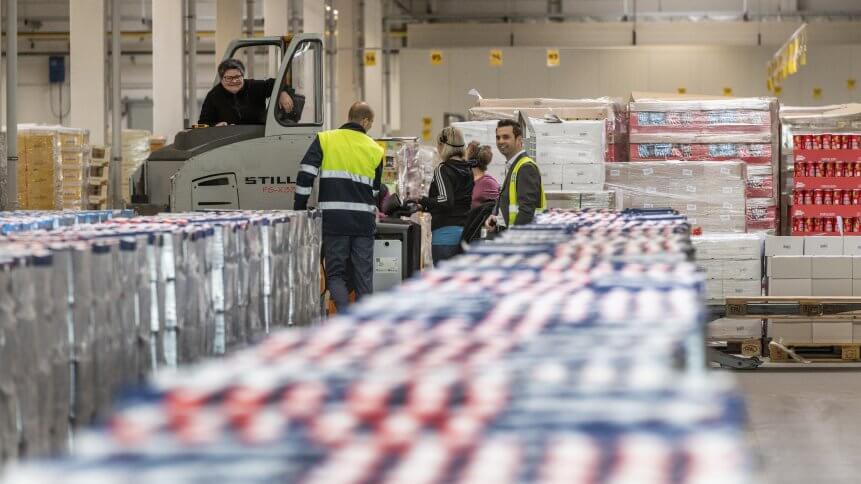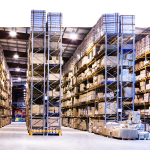Why is AI in the supply chain sector still lagging?

Robotics, computer vision, big data, and autonomous vehicles are all AI (artificial intelligence) and machine learning-led technologies that could help transform the complex supply chain sector – and yet overall uptake of AI is currently at a standstill.
That’s according to findings from the 2020 MHI Annual Industry Report, at least, which finds that just 12 percent of organizations are making use of AI in the supply chain today – down 1 percent from last year – according to a survey of more than 1,000 supply chain and manufacturing professionals.
Despite the potential benefits in what has become an incredibly competitive arena, many organizations in the logistics sector has struggled with sourcing or training in the necessary skills and knowledge to implementing AI for the first time.
However, part of that apparent low uptake also comes down to interpretation of what counts as AI.
More than a quarter (28 percent) respondents, for example, claimed their organizations used predictive analytics – which utilizes many of the same techniques as AI – versus just 12 percent of active AI usage.
The lead author of the MHI study, Thomas D. Boykin, is a supply chain specialist for Deloitte, and believes that AI represents systems with zero active human involvement.
“There’s some things that can be executed systematically without human intervention,” Boykin clarified. “And for us, that’s where AI comes in.”
This differs from the understanding of some other industry professionals who consider predictive and prescriptive analytical methodologies, such as classification and cluster determining tools, to also be fruits from the AI tree.
If that definition of AI is taken at face value, then the adoption levels of AI in supply chain industries is actually higher than the MHI whitepaper indicates, with predictive analysis numbers potentially rolled in together with AI statistics.
This is the view held by the vice president of product at Fetch Robotics, Stefan Nusser, who was formerly the European head of Google’s Cloud AI team. “In my mind, any data-driven, model-based machine learning approach— that to me is AI,” Nusser told Supply Chain Dive in an interview.
Definitions aside, however, it’s not to say there aren’t challenges with onboarding AI in its ‘real’ sense. Seventy-eight percent of respondents said there was “high” competition for the talent that is out there.
Another hurdle to rapid adoption is that applications are generally trained to grow based on existing historical data, and many companies’ data management streams are just not up to that level of accessibility yet.
The report states that a mere 16 percent of survey respondents consider their company’s data management to be either “good” or “excellent”.
YOU MIGHT LIKE

UK an artificial intelligence jobs leader
What most industry insiders can agree on is that the practical implementation of AI in logistical sectors is probably far more widespread and varying than the data currently reflects.
And with the coronavirus pandemic affecting industries throughout the world, it’s likely that the adoption of data-driven AI and automation solutions could be accelerated, arriving at a much larger scale. “I think penetration is just slow,” said Nusser.









